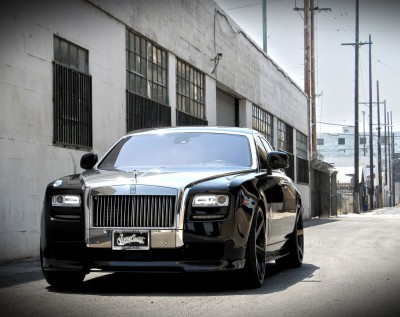By Molly Waters
While many sign shops have entered the vehicle wrap market, where large-format graphic printing must be followed by skillful, specialized installation techniques, they often still have questions about how to clean and maintain a vehicle wrap for their customers. In this highly competitive field, it is very important to understand the benefits of cleaning vehicle wraps, so they can continue to stand out from the crowd with strong visual appeal.
Regular cleaning
A new car wrap should not be cleaned within the first 48 hours after installation, as that is how long the graphics will take before their adhesive achieves its maximum bond with the vehicle’s existing paint job. After those initial two days, however, the wrap should be cleaned at least once a month.

Applying an approved wax after cleaning will help boost UV protection, especially along horizontal surfaces.
It is surprisingly common to see or hear about car wraps not being cared for properly (or at all), even though they are being used to advertise high-profile businesses or to change the vehicle’s colour. Wrap shop owners speak of having to repair graphics after six months, only to find the grease pencil marks they used to align the graphics are still visible on the vehicle’s exterior. This is a very strong indication the owner or driver is not cleaning the wrap!
Not only will regular cleaning keep the wrap looking good longer, but it will also increase the advertising value for the business and, thus, the reputation of the sign shop that wrapped the vehicle in the first place.
A shaded area—preferably a garage—is highly recommended when cleaning a vehicle wrap. In the sunshine, it is easy to end up with more streaks.
Ensuring durability
In addition to looking good, regular cleaning can prolong the life of the graphics, especially in congested urban or industrial neighbourhoods and in high-elevation areas.
In the congested city areas, for example, high levels of smog, other pollutants and particulate matter in the atmosphere are problematic to the durability of a vehicle wrap, especially the horizontal surfaces (e.g. hood, roof and trunk). As chemicals become trapped on these areas of the material, they damage the wrap’s finish and increase its exposure to ultraviolet (UV) radiation from the sun, which will result in less durability for the graphics.

Various cleaning options are suitable for gloss and matte films, including those used in ‘paint replacement’ applications.
Similarly, at high elevations, such as in mountainous areas, the air is thinner than at sea level, so there is less filtering of UV radiation and, hence, greater exposure for vehicle graphics over time and greater damage.
Regular cleaning will remove the pollutants and particulates that can damage the graphics, while the application of an approved wax after cleaning will help boost UV protection, especially along horizontal surfaces of the vehicle.
With water
Vehicle graphics are printed onto self-adhesive films that can be damaged by strong cleaning agents, such as solvents. As these films vary in composition, a pre-cleaning test is highly recommended, preferably on an inconspicuous section of the vehicle, before beginning a complete cleaning treatment.
In fact, the best way to clean a vehicle wrap is fairly old-fashioned—by hand, with a mix of water and a mild detergent, using a soft cloth or sponge. The detergent should be a dedicated car-wash product, free of any abrasive components, strong solvents or alcohols, with a pH balance between three and 11.






